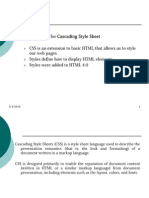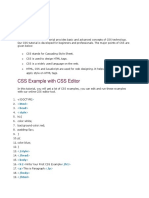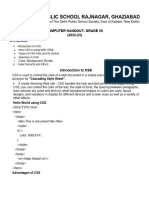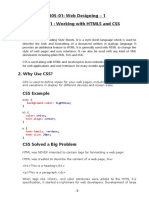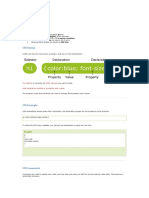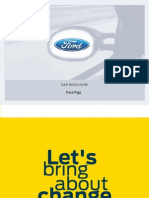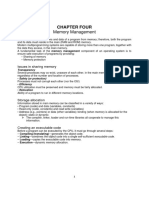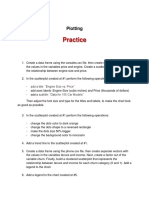0% found this document useful (0 votes)
4 views42 pagesLecture3 - Concept of CSS
Cascading Style Sheets (CSS) is a style sheet language used to design HTML tags and enhance web pages' appearance. It allows for easier maintenance, faster load times, and improved user experience by separating content from design. CSS can be applied through inline, internal, or external methods, each with its own advantages and disadvantages.
Uploaded by
prayuk2022Copyright
© © All Rights Reserved
We take content rights seriously. If you suspect this is your content, claim it here.
Available Formats
Download as PDF, TXT or read online on Scribd
0% found this document useful (0 votes)
4 views42 pagesLecture3 - Concept of CSS
Cascading Style Sheets (CSS) is a style sheet language used to design HTML tags and enhance web pages' appearance. It allows for easier maintenance, faster load times, and improved user experience by separating content from design. CSS can be applied through inline, internal, or external methods, each with its own advantages and disadvantages.
Uploaded by
prayuk2022Copyright
© © All Rights Reserved
We take content rights seriously. If you suspect this is your content, claim it here.
Available Formats
Download as PDF, TXT or read online on Scribd
/ 42



















